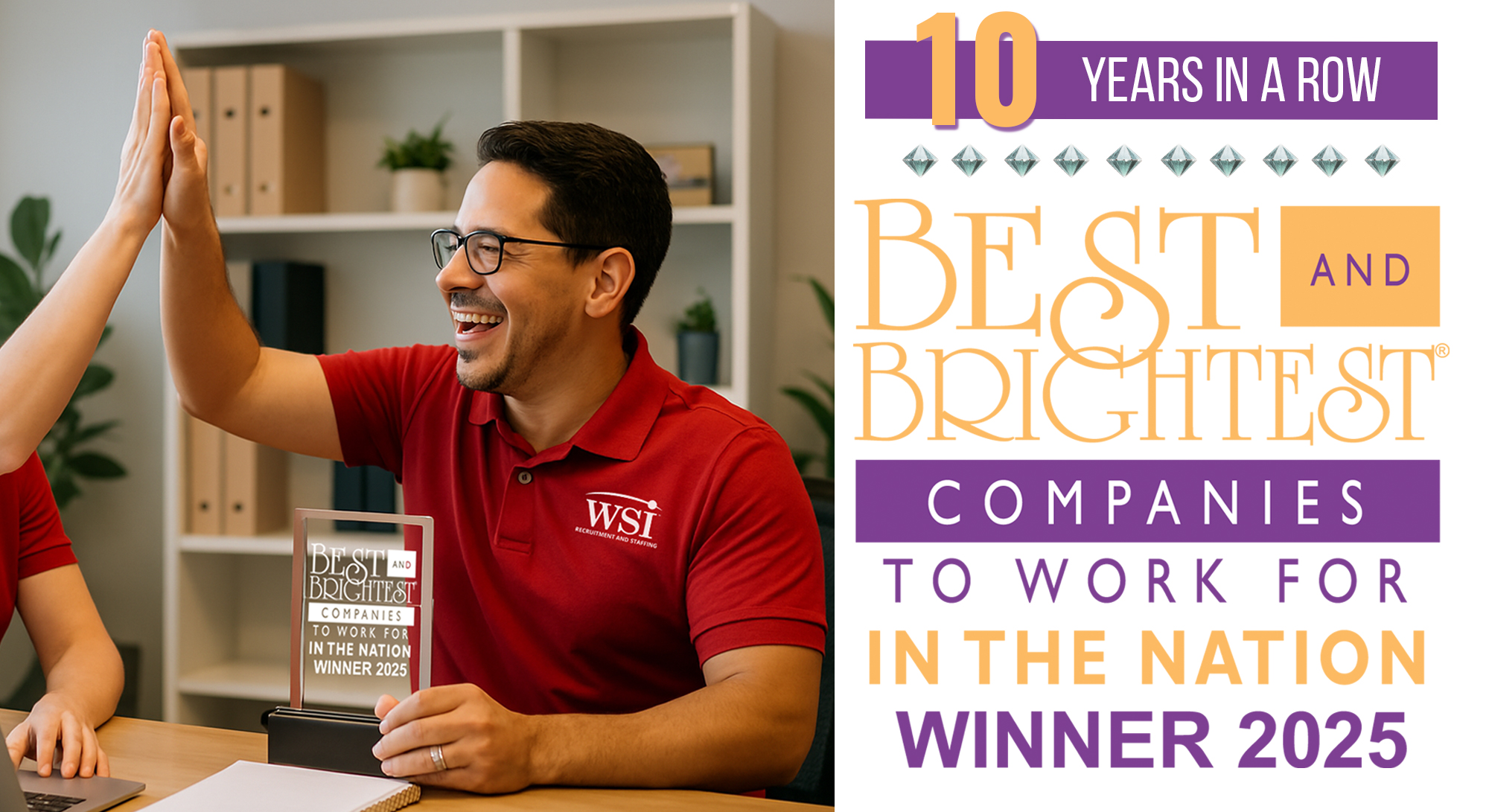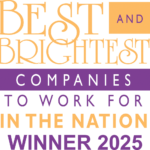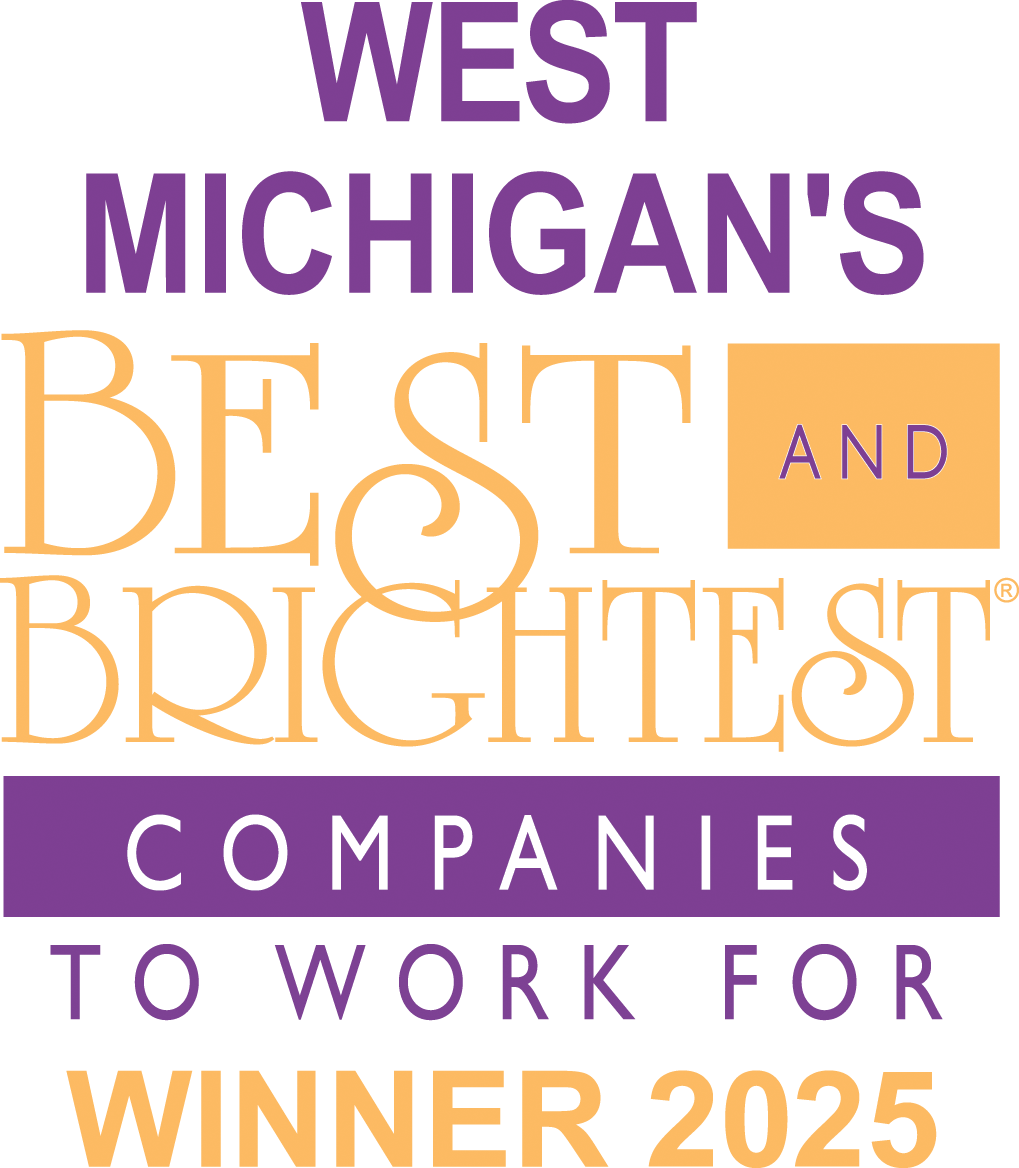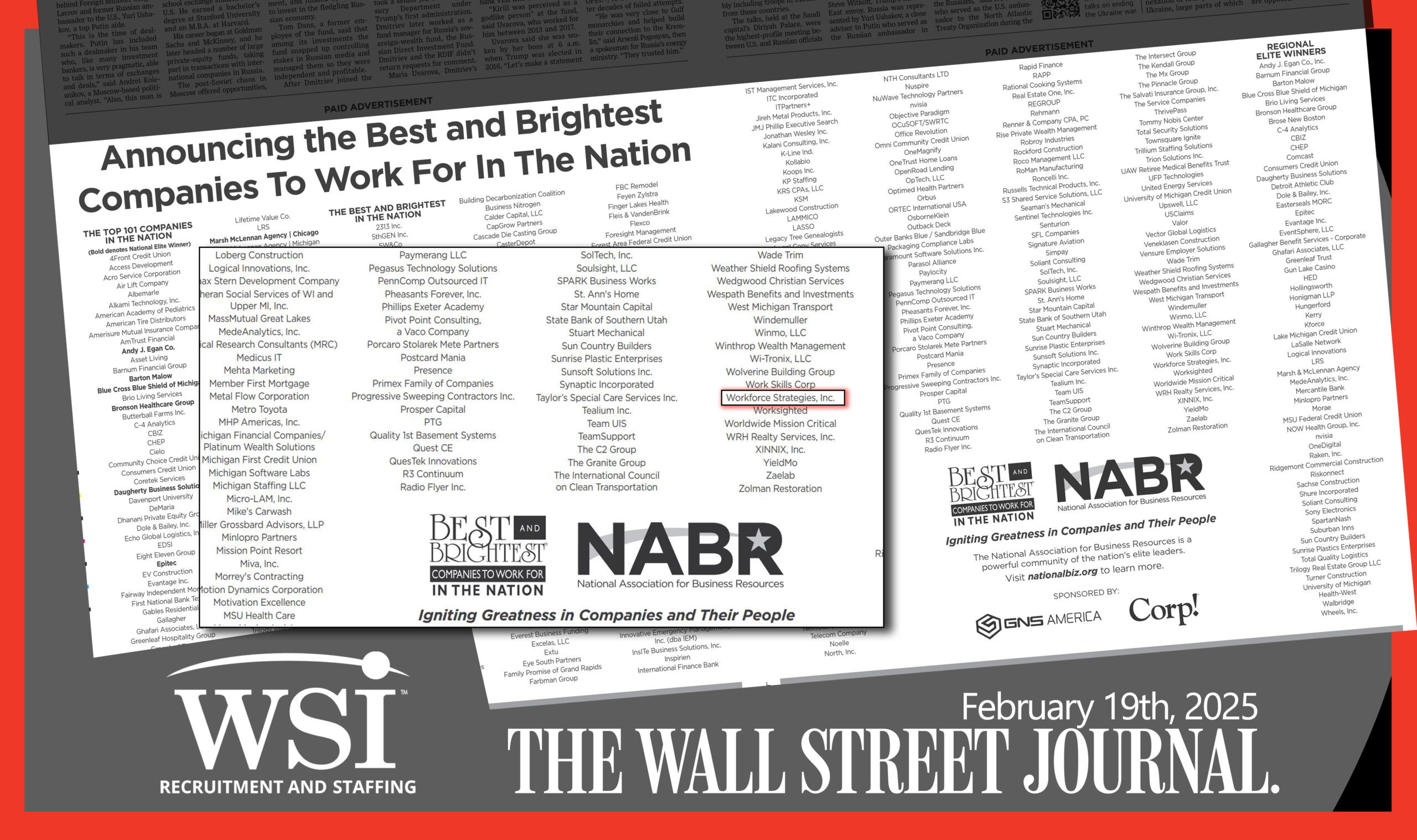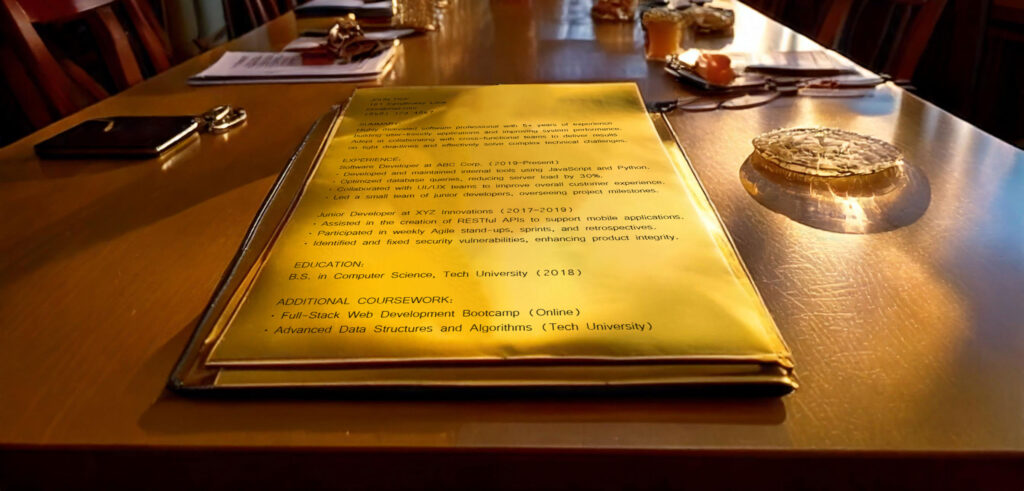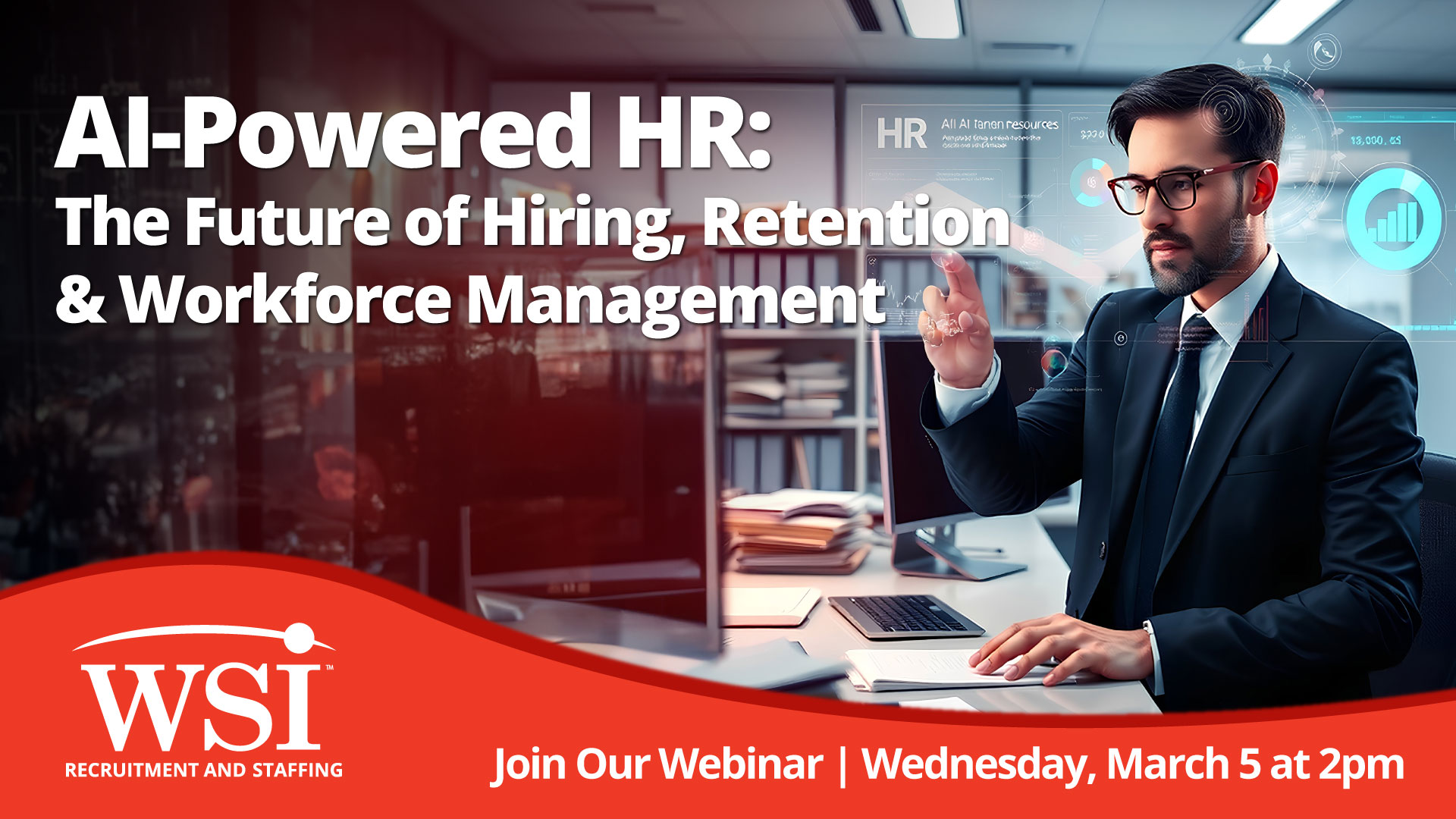May marks Professional Trades Month in Michigan, a timely reminder of the critical role skilled tradespeople play in our economy. From electricians and welders to HVAC technicians and construction managers, these professionals keep the state running smoothly. Michigan projects more than 518,000 skilled trades jobs by 2032, with about 40,600 annual openings. The demand for trained workers continues to rise.
This month is not only about recognizing these contributions but also encouraging Michiganders to explore these high-paying, secure career paths. Thanks to initiatives like Michigan Reconnect, adults across the state can now access tuition-free programs to get trained in these essential fields.
The Most In-Demand Trades for 2025
Labor market trends show that skilled trades careers are not only stable but also lucrative. Here are the top trades in demand across Michigan and the United States:
Electricians
Electricians are essential as Michigan upgrades its power grid and expands renewable energy. Demand is rising due to electric vehicles, smart homes, and infrastructure modernization. Salaries often range from $60,000 to $90,000, with experienced professionals earning more.
HVAC Technicians
Heating and cooling systems are evolving. Technicians are needed to install and maintain advanced and energy-efficient units. Salaries typically fall between $50,000 and $75,000, and specialists in green technology can earn even more.
Plumbers and Pipefitters
As infrastructure ages and construction booms, these trades remain vital. Skilled plumbers and pipefitters can earn $55,000 to $85,000, with top professionals making closer to $95,000.
Welders
Welders play a role in almost every sector, from construction to aerospace. Salaries generally range from $50,000 to $70,000, with opportunities for higher pay in specialized areas.
Construction Managers
These professionals are key to keeping projects on track. Salaries start around $70,000 and can climb to $115,000 or more, especially on larger or more complex projects.
Heavy Equipment Operators
As Michigan invests in infrastructure, operators of machinery like bulldozers and cranes are needed. These workers earn between $55,000 and $80,000, with top earners approaching $100,000.
Solar Installers
Clean energy is reshaping the trades landscape. Solar panel installers earn about $69,000 on average, and demand is growing quickly.

Michigan Reconnect: Your Path to a Skilled Trade
For adults 25 and older without a college degree, Michigan Reconnect offers an incredible opportunity to access free tuition for associate degrees and skills certificates. Training is available in many of the high-demand fields listed above.
Programs in areas like Electrical Technology, HVAC Systems, Plumbing, Welding, and Construction Management prepare students for stable, high-paying roles in Michigan’s economy.
By lowering financial barriers, Michigan Reconnect helps individuals pursue new careers and fill critical workforce gaps across the state.
A Future Built on Trades
The skilled trades offer more than a paycheck. They provide career growth, stability, and the satisfaction of building and maintaining the foundations of everyday life. As technology continues to evolve, many of these careers are becoming even more advanced, incorporating digital tools and sustainable practices.
Whether you are a recent graduate or an adult ready for a career change, the skilled trades offer a promising path forward. Professional Trades Month is the perfect time to consider the possibilities.
Visit Michigan Reconnect to learn how you can get started and Michigan Talent Connect to find immediate job openings.
Celebrate Professional Trades Month by taking action. The future of Michigan’s economy depends on skilled hands and determined minds.
